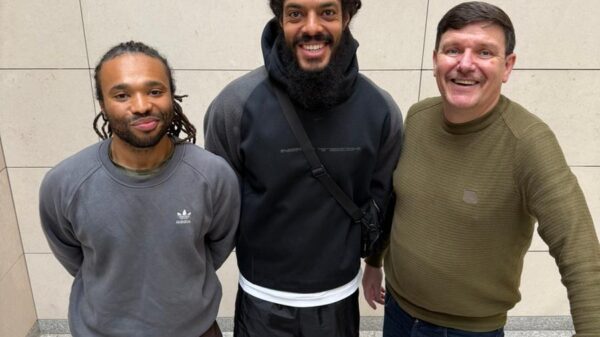In a recent discourse, Lisa Currie emphasized the importance of evolving perspectives as new information emerges. She drew attention to historical medical practices that, by today’s standards, seem both shocking and ill-informed. Currie highlighted how, prior to the 20th Century, doctors frequently conducted dissections on live animals, particularly dogs, due to a widespread belief that animals did not experience pain. This practice, while now viewed as inhumane, reflects a time when scientific understanding was limited.
Currie credits advocates for animal rights, particularly women, who challenged these outdated practices and pushed for more humane treatment of animals. She pointed out that historical beliefs, such as the notion that tomatoes were poisonous or that babies could safely consume alcohol and tobacco, were based on a lack of scientific knowledge.
Examining Historical Beliefs Through a Modern Lens
The mid-1800s brought about its own peculiar medical recommendations. For example, doctors advised women against traveling on high-speed trains, fearing that speeds of just 50 miles per hour could harm their health. This was a time when medical science was still in its infancy, with practices like bloodletting performed by attaching leeches to patients, based on the belief that illness was caused by an excess of blood. These examples illustrate how misconceptions can persist due to a lack of data and understanding.
Currie argues that while society has made significant strides in knowledge, absurd beliefs continue to exist today. Some individuals still adhere to the notion that the Earth is flat or that certain ethnic groups are inferior. Currie suggests that travel and cultural exchange can play a crucial role in broadening perspectives. Engaging with diverse cultures fosters understanding and appreciation for the richness of human experience, from culinary delights to various religious practices.
Language as a Reflection of Cultural Diversity
Moreover, Currie delves into the evolution of the English language, emphasizing that its vocabulary is a tapestry woven from numerous cultures and peoples. The amalgamation of words reflects the dynamic interactions throughout history, shaping a language that is constantly evolving. Understanding this complexity can help individuals appreciate the diversity of language and the cultures from which it stems.
As Currie aptly notes, changing minds requires a willingness to embrace new knowledge and experiences. By examining historical misconceptions and recognizing the progress made in scientific understanding, society can continue to challenge outdated beliefs. Engaging with diverse people and cultures not only enriches individual perspectives but also fosters a more compassionate world.
Currie’s insights serve as a reminder that while the past can seem distant and bizarre, it is essential to reflect on how beliefs have transformed over time. The ongoing journey of knowledge and understanding is crucial for addressing contemporary challenges and misconceptions.



































































